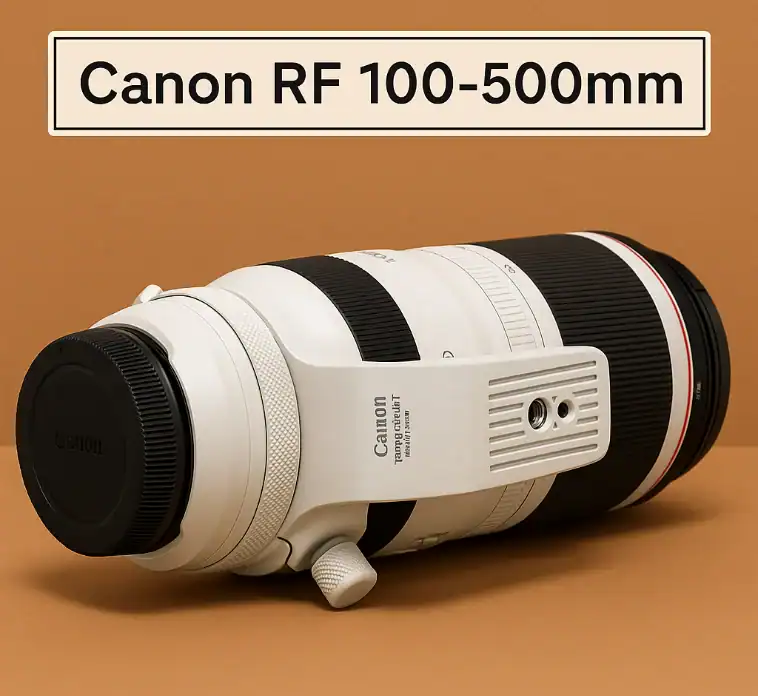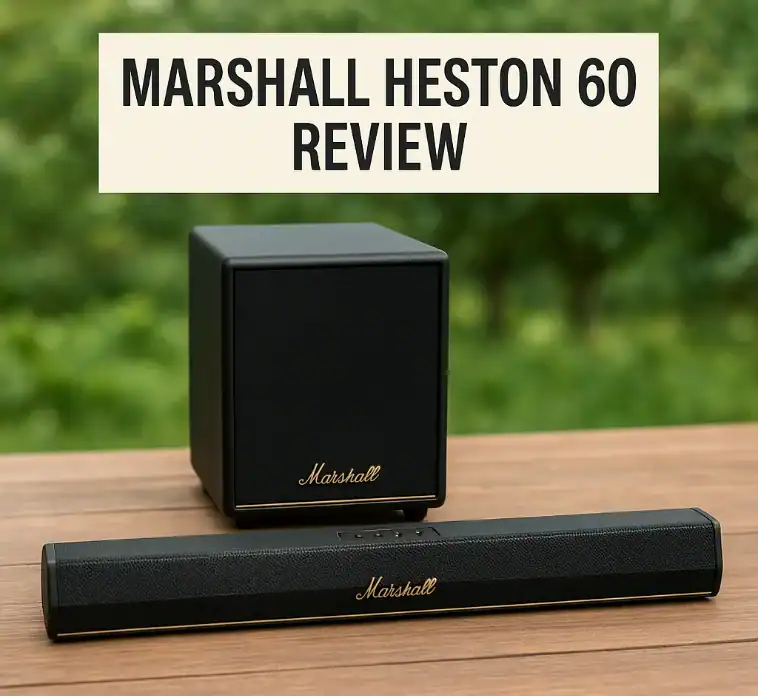If you are thinking about buying a super-telephoto lens, you could be a sports or animal photographer. You have to be able to reach, move quickly, and capture good shots. For a long time, I used the Canon EF 100-400mm f/4.5-5.6L IS II USM. The lens was great. But I changed, and I’ve never regretted it. This review of the Canon RF 100-500 lens tells you why I use it for almost every shoot.
The main reason I got a new one was that it was lighter. When you use a handheld camera, every gram counts. The new RF 100-500 promised a setup that was lighter and could reach farther. It did what it said it would do and even more. In my opinion, this is one of the best super-telephoto zooms you can get right now.
A Huge Weight Saving
This upgrade was very interesting compared to my old EF lens. The main thing for me was simple: a less heavy camera setup. If you shoot with your hands all day, this is very important.
The new Canon 100-500 weighs 331 grams less than the old EF model. That’s a big deal on its own. This lens is an RF lens, so I didn’t need the EF-RF adapter anymore. This took away 121 grams more.
In total, my setup lost 452 grams. This makes a big difference. You feel it after a long day of hiking and shooting. My arms weren’t as tired. This was enough for me to think the upgrade was worth it.
Great Build Quality and Handling

This RF 100-500mm F4.5-7.1 L IS USM is a very well-made lens. This Canon L-series lens will give you the best results. The exterior is made of polycarbonate, which is a strong material. There are two good reasons to use this material.
First, it makes the weight lighter. I can easily hold this lens in my hand when it is fully extended to 500mm. Even with a teleconverter, it’s still easy to use. This is a game-changer for taking action shots on the fly.
There is another big plus to the material. It doesn’t get as cold as metal does. Iceland is a great place to take pictures in the winter. The cold can be hard on your hands and your gear. Like all Canon L lenses, the Canon 100-500 lens is completely weatherproof. It has been fine even when it rained heavily and the wind blew dust. I need this right now. I would never want to use a lens again that didn’t have good weatherproofing. It makes me feel safe enough to shoot in almost any situation.
Performance: Reach, Sharpness, and Stability
The benefits go beyond just how much you weigh and how big you are. This lens is amazing.
Another big improvement is image stabilization (IS). The results are amazing when you use it with a camera that has In-Body Image Stabilization (IBIS). This lens works with both my Canon EOS R5 and Canon R6 cameras. The IS and IBIS systems work together to keep things stable for up to six stops.
Image quality: The image quality is very good. No matter how far you zoom in or out, the 100-500 Canon lens is sharp all the way around. The colors and contrast are great, which is what you would expect from high-end L-series glass.
Considering a Used Lens
A lot of money goes into the Canon RF 100-500. A lot of people want to buy a used Canon RF 100-500 because of this. If you take good care of a used L-series lens, it can be a good buy.
But be sure to buy from a seller you can trust. Make sure the autofocus and zoom ring work well. You should check out a used model carefully because it won’t come with a warranty.
Frequently Asked Questions
Is the Canon RF 100-500mm lens heavy?
What is the main difference between the RF 100-400mm and the RF 100-500mm?
Is it possible to use teleconverters with the Canon RF 100-500mm?
Does the Canon RF 100-500mm lens keep the weather out?
Can I use the RF 100-500mm lens to take pictures of animals?
A Closer Look: Autofocus and Performance in the Real World
It’s worth talking about the autofocus system on the Canon RF 100-500mm. It’s just incredible. The lens is powered by two Nano USM motors. This technology works very quickly and quietly. When you use this lens with the EOS R5 or R6’s advanced AF systems, the results are amazing.
The camera and lens work together perfectly. Wildlife photographers really need to be able to see animal eyes. The camera can find the eye of a mammal or bird and focus on it. Then the RF 100-500 keeps that eye in sharp focus. This happens even when the animal is moving quickly. Sometimes it feels like cheating. This helps me concentrate on my composition. I let the camera and lens do the hard work of focusing. The 100-500 Canon lens works much better with this than with older DSLR systems.
Is f/7.1 a Problem with the Aperture?
Some photographers are worried about the aperture changing. The lens is f/4.5 at 100mm. At the 500mm end, it slowly goes to f/7.1. Is f/7.1 too slow? The answer for me is a clear no. This is why.
A 500mm lens with a wider aperture, such as f/4 or f/5.6, would be much bigger, heavier, and more expensive. The Canon 100-500 is a great balance of size, reach, and price.
Second, modern mirrorless cameras work very well at high ISO settings. The R5, R6, and R3 cameras take clear pictures at ISO 3200, 6400, or even higher. This easily makes up for the f/7.1 aperture in most lighting situations. I can now take clear, sharp pictures in light that I used to think was too dim, thanks to the amazing image stabilization. The lighter weight is much more important to me than the slower aperture.
Ergonomics and Handling in the Field
Canon put a lot of thought into how people would use this lens. The ergonomics are very good. The ring that lets you change the zoom tension is very important. It is right behind the zoom ring. You can switch it from “Smooth” to “Tight.”
“Smooth” makes the zoom action quick and light. This is great for quickly changing your frame when something unexpected happens. It’s a lot harder to move the zoom on “Tight.” This keeps the lens from moving on its own while you walk. This is a small thing, but it makes using the Canon RF 100-500 a lot more enjoyable.
You can also change the lens’s control ring. You can change important settings without taking your eyes off the viewfinder.
How to Use Teleconverters with the 300mm Lock
The Canon RF 100-500mm works with the RF 1.4x and 2x teleconverters. This gives you a reach of 700mm or even 1000mm. But there is one limitation that you need to know about. You can only use the teleconverters if the lens is at least 300mm long.
When you zoom out, the back lens element moves back. Below 300mm, the teleconverter’s protruding part doesn’t have enough space. This isn’t a big deal in real life. If you’re using a teleconverter, you probably want the most reach you can get. You can use the whole 300-500mm range (which becomes 420-700mm with the 1.4x or 600-1000mm with the 2x) if you just zoom the lens to 300mm and attach the extender. You get used to it quickly because it’s so minor.
Who is the Canon RF 100-500mm For?

Wildlife photographers
This lens could be the best one for taking pictures of animals. You can carry it all day while hiking because it’s light. The 100-500mm range is great for all kinds of animals, from big mammals to small birds. The autofocus can easily keep up with birds in flight. Most wildlife photographers really like the Canon RF 100-500.
People Who Like Airshows and Planes
The long range and fast AF make it easy to take pictures of planes. The great IS helps you capture propellers and jets clearly against the sky. You can take wide shots of groups of planes and close-ups of single planes with the zoom range.
Outdoor Sports Photographers
The RF 100-500 is a great camera for surfing, motorsports, and field sports. It lets you take pictures of action up close from the sidelines. It is easy to pan with athletes who are moving quickly because it is light.
A lot of people think the Canon RF 100-400 is the best budget option, but the Canon 100-400 RF is a great lens on its own for people who care most about weight. The 100-500 lens is the better choice for serious hobbyists and professionals who need the best performance and weatherproofing. It really is a modern lens design that is a work of art that gives you new creative options.
Final Verdict: A Modern Masterpiece
This review of the Canon RF 100-500 says that the lens is a great piece of optical engineering in summary. It has helped me get around more easily. It has helped me get pictures that I might have missed otherwise. If you have a Canon RF camera and like taking pictures of animals, sports, or planes, you should really think about getting this lens.

















